A year on, covert resistance against the Taliban steps up
Infighting is absorbing the regime’s energy as non-violent protest and armed rebellion grow.

Likewise, Australians have moved on, while war in Ukraine – and rising risk of conflict with China – absorbs much attention.
But as shown by the recent killing of al-Qa’ida chief Ayman al-Zawahiri on the balcony of his Taliban-owned house in downtown Kabul, Afghanistan did not cease to matter once it fell out of the headlines. Humanitarian and human rights concerns top the list for most Afghans. The World Food Program warns that 18.9 million face food insecurity by November, amid a comprehensive collapse of Afghanistan’s economy.
The Taliban has reimposed restrictions on women, suspending girls’ education, forcing full-body covering (including, since May, full-face covering for female TV presenters) and banning women from travelling without male escorts.
Heather Barr of Human Rights Watch has called this “the most serious women’s rights crisis in the world today”.
In Kabul, a clique of old-school Taliban leaders is scrambling to consolidate control. They are mostly ethnic Pashtuns and several – including Sirajuddin Haqqani, Taliban interior minister and Zawahiri’s landlord – are beholden to Pakistani sponsors. But in the countryside, commanders who bore the brunt of last year’s fighting, and believe their efforts ensured victory, resent being sidelined by a Kabul faction whose leaders sheltered in Pakistan for much of the war.
Ethnic differences exacerbate the regional factionalism. In January, in northwestern Faryab province, Haqqani security personnel detained local ethnic-Uzbek Taliban commander Makhdoom Alam. His arrest prompted outrage among the local Taliban and demonstrations from ethnic Uzbeks, who saw it as persecution of minorities by the Pashtun faction in Kabul. Smaller rebellions occurred in the western province of Herat, the northern city of Mazar-e Sharif and eastwards in Jalalabad.
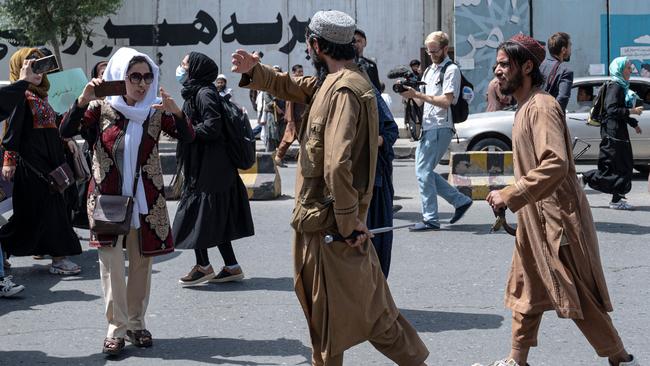
In June, the Kabul faction sent fighters to the northern coalmining district of Balkhab to quell an uprising led by ethnic-Hazara Taliban commander Mawlawi Mehdi. Mehdi framed his uprising as religious and ethnic, but his motivation was also economic.
According to locals, he particularly resented Kabul’s insistence that he stop collecting taxes from local businesses. This was not benevolence on Kabul’s part; Taliban leaders plan to keep extorting the population but want to run the racket themselves, cutting local commanders out of the deal.
The insurrection was brutally suppressed and the Taliban later claimed it had killed Mehdi as he fled into Iran. This is unconfirmed but, whatever Mehdi’s fate, his rebellion lasted weeks, killed dozens, displaced 27,000 civilians and took 8000 Taliban troops to suppress.
Few outside Afghanistan have heard much of this: with a few honourable exceptions, most media outlets have moved on to the next shiny object, while US diplomats prefer to pretend the Taliban is in control, rather than reckon with their own responsibility for unleashing violent instability.
Donald Lu, who heads the US State Department’s South and Central Asia bureau, told reporters in May that, for Washington, “success will be achieved when the Taliban establish a legitimate administration in which all Afghans feel involved in decision-making. I will never support any armed resistance.”
Leaving aside Lu’s laughably out-of-touch aspirations for inclusive Taliban governance – or his redefinition of success, months after the US abandoned Afghans to exactly the kind of armed resistance he now opposes – the reality is that America’s influence in Afghanistan today is precisely what one would expect given last year’s walloping defeat: next to nothing. US policymakers lost the right to be taken seriously on Afghanistan when their promises of support evaporated in August last year.
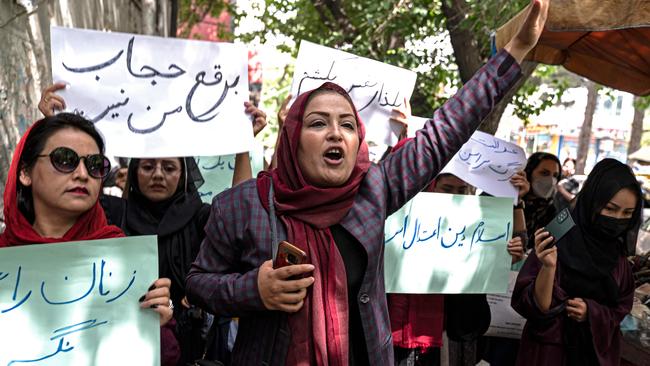
In fact, alongside the factional infighting that is absorbing the regime’s energy, there is growing anti-Taliban resistance. Again, few people watching Western media could be expected to know this, but more than a dozen armed movements are fighting the Taliban, with considerable success, across multiple provinces. This has triggered a Taliban crackdown, with dissidents disappearing and killings skyrocketing.
Despite the danger, non-violent protest – from women’s groups, business people, students and those left destitute by the economic collapse – is growing, making the cities harder for the Taliban to control, even as armed rebellion intensifies in rural regions.
The largest and most important resistance group is the National Resistance Front led by Ahmad Massoud (son of the famed Northern Alliance leader Ahmad Shah Massoud, killed by al-Qa’ida immediately before 9/11), who rallied resistance groups after former president Ashraf Ghani fled in disgrace. NRF leaders include respected military commanders, local administrators and, crucially, a new generation of politicians untainted by the corruption and incompetence of Ghani’s government. In effect, the NRF is what remains of the modernising, ethnically inclusive, internationally recognised, emerging democracy Afghanistan was becoming before Washington decided it was all too hard and abandoned the effort.
The NRF is active across six northern provinces: Panjshir, Baghlan, Takhar, Badakhshan, Kapisa and Parwan. It also has operated in Nangarhar and Nuristan provinces in the east. NRF fighters include many members of the Afghan National Army who refused to surrender after the fall of Kabul, creating continuity between the former internationally recognised Afghan government and today’s NRF. The NRF has bases in several districts and is protecting the population from reprisals, ambushing Taliban members and claiming combat successes including shooting down a Taliban helicopter in June.
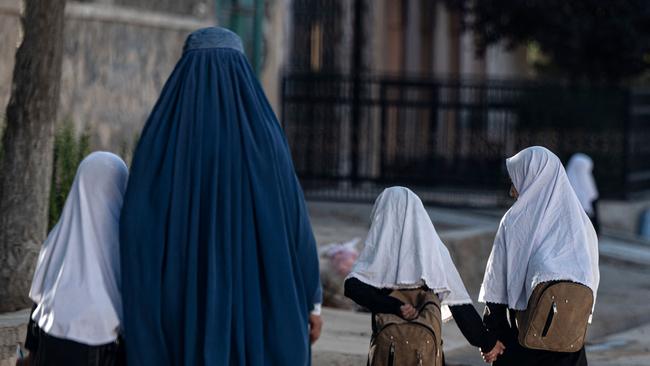
NRF statements are hard to confirm directly, but every claim I have been able to check through independent contacts on the ground has proven accurate. The Taliban certainly takes the NRF seriously, redeploying thousands of its best fighters away from the increasingly restive cities to counter the resistance. As a further measure of seriousness, last week the Taliban appointed a new commander to co-ordinate anti-NRF efforts – Qayyum Zakir, one of the Taliban’s most notorious leaders, a former Guantanamo inmate with a reputation for brutal effectiveness in the southern province of Helmand. Zakir is the third Taliban commander in a few months, following the failure of two previous leaders.
Smaller groups include the Afghan Freedom Front, local underground cells, and urban resistance networks led by Afghan police, military and intelligence veterans. These are less effective than the NRF and lack high-level political endorsement. The AFF, in particular, has an online presence but has done little so far. An umbrella political group, the Supreme Council of National Resistance for the Salvation of Afghanistan, met in Ankara in May, seeking to unify the opposition around a common political agenda ahead of potential negotiations with the Taliban. The Supreme Council has declared support for the NRF’s military resistance inside the country and the NRF’s political and military wings say they welcome co-operation with other pro-democracy groups.
The Taliban is unlikely to negotiate any time soon, focused as it is on consolidating control and basking in the afterglow of last year’s long-awaited victory. It outguns the resistance, taking its pick from billions of dollars’ worth of military materiel abandoned by the US.
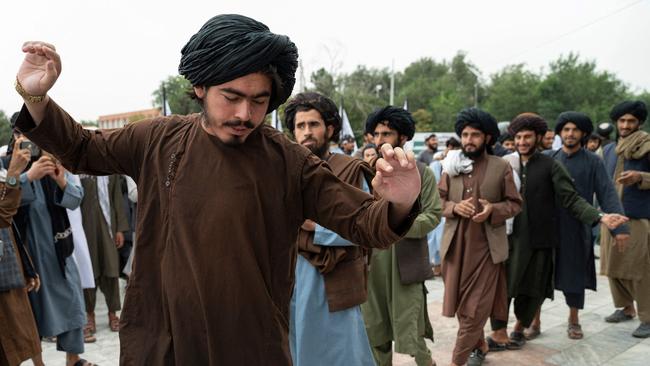
I spoke with one resistance leader in May who confirmed that his group was being hunted by Taliban fighters wearing American camouflage, armed with US weapons and equipped with American night-vision devices, armoured vehicles and aircraft. Despite this, the NRF is hitting back hard: on August 15, as the Taliban held victory parades to celebrate the anniversary of Kabul’s fall, the NRF struck, claiming 80 Taliban members killed and 40 captured.
At the other end of the spectrum from civil protests and pro-democracy resistance groups, terrorists from Islamic State-Khorasan remain active. IS-K has two distinct networks in the country, one in the north and one in Nangarhar. It has mounted a series of brutal bombings and assassinations. Most recently, the bombing of Siddiquiya mosque in Kabul last week killed 21 and wounded many others. While IS-K is ostensibly autonomous, informed observers note that some, even most, of the attacks attributed to IS-K may actually have been part of a silent war within the Taliban, with rival Kandahari and Haqqani factions using IS-K as cover for a lethal internal power struggle.
More important than IS-K is al-Qa’ida. Zawahiri’s presence in Kabul is the tip of the iceberg: in its previous stomping grounds al-Qa’ida, with Taliban concurrence, is rebuilding its networks.
General Kenneth McKenzie, former commander of US Central Command, estimates that terrorist groups will be in position to attack outside Afghanistan within the next 12 to 18 months. So-called “over-the-horizon counter-terrorism” has proven minimally effective at best. Ironically, the exact network that would be needed for effective counter-terrorism already exists in the form of the NRF and the Afghan special forces and intelligence networks abandoned last year. But after that betrayal, many of those in a position to help have made it clear they will need solid guarantees – more than mere words – before trusting the US again.
Despite the Taliban’s advantages, over time the need to secure multiple cities while reacting to rural resistance will pose bandwidth challenges for the group.
The Taliban defence ministry claims 130,000 troops, organised into eight regional commands and a headquarters, with an ultimate goal of 150,000. But many recruits lack combat experience and are factionalised along regional and ethnic grounds.
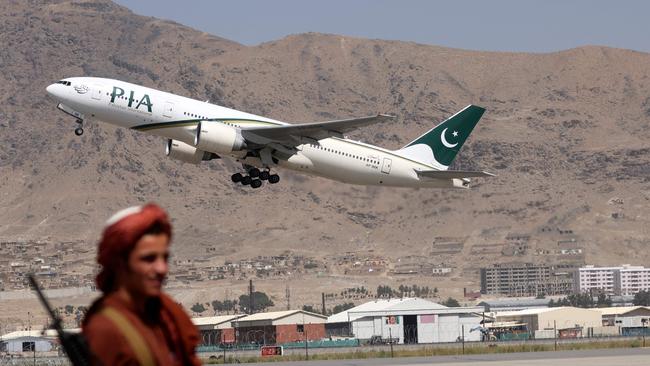
Given recent uprisings, Kabul could be forgiven for doubting the loyalty of local leaders. And much as former Afghan special forces are adapting to an unfamiliar life on the run, few Taliban commanders have experience governing, policing or administering cities.
As Kabul’s defences crumbled in August last year, informal networks of veterans, aid workers and former intelligence officers self-organised to rescue their Afghan allies. These unofficial rescue networks are still operating, without funding or support – indeed, often against active opposition – from the US government. Special operations veterans, in particular, have been extremely active, rescuing thousands. Organisations such as the Moral Compass Federation, associated with the Special Operations Association of America, are co-ordinating to protect, feed and assist hundreds of people. Many volunteers have suffered moral injury, and mental or physical burnout: one dedicated woman I know, after working around the clock for months, suffered a physical collapse in May, dropping to a body weight of 45kg. She had to step back temporarily to recover.
The flood of evacuees during the first few months has slowed to a trickle. Many are on the run from Taliban death squads seeking to kill them for what, or whom, they know.
One illustrative example: an Afghan police general’s sister and her husband were arrested and beaten by Taliban seeking the general’s whereabouts. They went into hiding and were helped by the veterans’ underground. After months on the run, through a succession of safe houses, the family eventually was smuggled through Taliban checkpoints into Pakistan, after veterans organised passports and official Pakistani visas, along with transport and accommodation. Volunteers and donors covered the family’s living expenses, as they are doing for hundreds of others.
Thanks to generous help from the Australian government, the family was granted temporary protection visas and is resettled in Melbourne. Every country could always do more, but Australia – with several European governments – is one of the more active nations in seeking to help those left behind. Much goes on quietly behind the scenes, alongside higher-profile incidents such as Australia’s rescue of the Afghanistan women’s national football team in October last year.
Still, at the end of the day, with millions stranded and at risk, evacuation is not the solution. The only way to help make Afghans safe, ultimately, is to make Afghanistan safe – whether through an overall peace settlement or through internationally recognised safe havens or free zones in provinces that have successfully resisted the Taliban.
Whatever the future holds, reality on the ground suggests current Western policy – pretending the Taliban is in control and that international pressure can moderate its behaviour – is little more than wishful thinking. Almost exactly a year ago, we saw the deadly results of such wilful blindness. As Afghans begin another year of misery, we owe them – and ourselves – greater honesty and seriousness than that.
David Kilcullen served in the Australian Army from 1985 to 2007, and subsequently worked for the Australian and US governments as an intelligence analyst and counterinsurgency adviser. His latest book, The Ledger: Accounting for Failure in Afghanistan, co-authored with Greg Mills, was released last year.


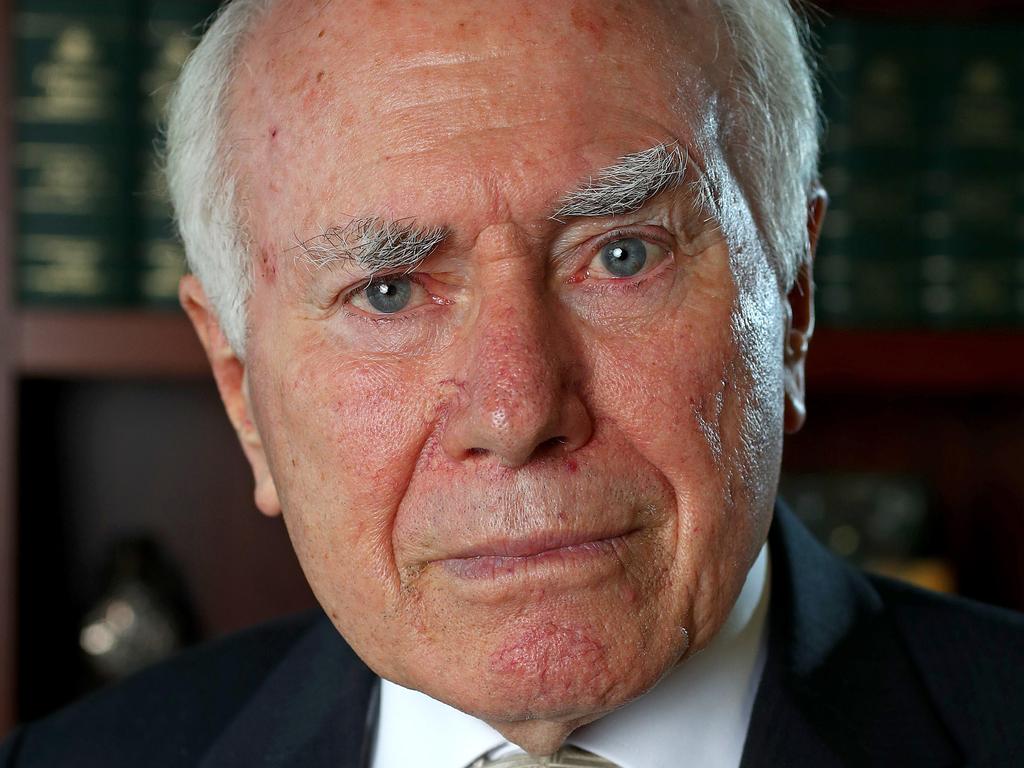

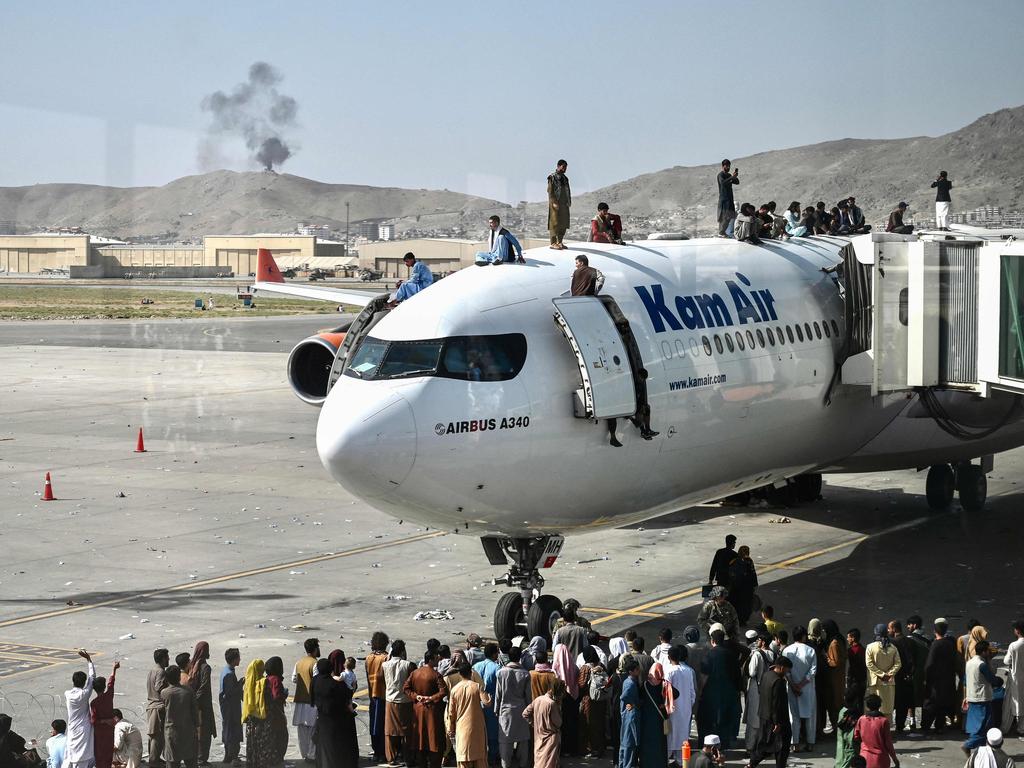


In the year since the fall of Kabul, domestic issues have memory-holed Afghanistan for most Americans. Understandably, Washing-ton has little desire to relive its worst failure in generations, a fiasco arguably worse than the fall of Saigon in 1975.